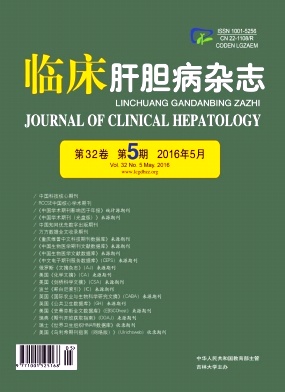|
[1]SHORE ND,MANTZ CA,DOSORETZ DE,et al.Building on sipuleucel-T for immunologic treatment of castration-resistant gastralological cancer[J].Cancer Control,2013,20(1):7-16.
|
|
[2]YOKOYAMA S,KITAMOTO S,HIGASHI M,et al.Diagnosis of pancreatic neoplasms using a novel method of DNA methylation analysis of mucin expression in pancreatic juice[J].PLoS One,2014,9(4):e93760.
|
|
[3]TANAKA T,KITAMURA H,INOUE R,et al.Potential survival benefit of anti-apoptosis protein:survivin-derived peptide vaccine with and without interferon alpha therapy for patients with advanced or recurrent urothelial cancer-results from phase I clinical trials[J].Clin Dev Immunol,2013,2013:262967.
|
|
[4]SIEGEL R,MA J,ZOU Z,et al.Cancer statistics,2014[J].CA Cancer J Clin,2014,64(1):9-29.
|
|
[5]CHEN X,NI J,MENG H,et al.Interleukin 15:a potent adjuvant enhancing the efficacy of an autologous whole cell tumor vaccine against Lewis lung carcinoma[J].Mol Med Rep,2014,10(4):1828-1834.
|
|
[6]MET O,SVANE IM.Analysis of survivin-specific T cells in breast cancer patients using human DCs engineered with survivin Mrna[J].Methods Mol Biol,2013,969:275-292.
|
|
[7] PITT JM,CHARRIER M,VIAUD S,et al.Dendritic cell-derived exosomes as immunotherapies in the fight against cancer[J].J Immunol,2014,193(3):1006-1011.
|
|
[8]WEN R,GAO F,ZHOU CJ,et al.Polymorphisms in mucin genes in the development of gastric cancer[J].World J Gastrointest Oncol,2015,7(11):328-337.
|
|
[9]LAKSHMANAN I,SESHACHARYULU P,HARIDAS D,et al.Novel HER3/MUC4 oncogenic signaling aggravates the tumorigenic phenotypes of pancreatic cancer cells[J].Oncotarget,2015,6(25):21085-21099.
|
|
[10]CHEN J,GUO XZ,LI HY,et al.Generation of CTL responses against pancreatic cancer in vitro using dendritic cells co-transfected with MUC4 and survivin RNA[J].Vaccine,2013,31(41):4585-4590.
|
|
[11]MAIO M.Melanoma as a model tumour for immuno-oncology[J].Ann Oncol,2012,23(Suppl 8):10-14.
|
|
[12]KOIDO S,ENOMOTO Y,APOSTOLOPOULOS V,et al.Tumor regression by CD4 T-cells primed with dendritic/tumor fusion cell vaccines[J].Anticancer Res,2014,34(8):3917-3924.
|
|
[13]BRITO LA,KOMMAREDDY S,MAIONE D,et al.Self-amplifying mRNA vaccines[J].Adv Genet,2015,89:179-233.
|
|
[14]SENNIKOV SV,SHEVCHENKO JA,KURILIN VV,et al.Induction of an antitumor response using dendritic cells transfected with DNA constructs encoding the HLA-A02:01-restricted epitopes of tumor-associated antigens in culture of mononuclear cells of breast cancer patients[J].Immunol Res,2015.[Epub ahead of print]
|














 DownLoad:
DownLoad: